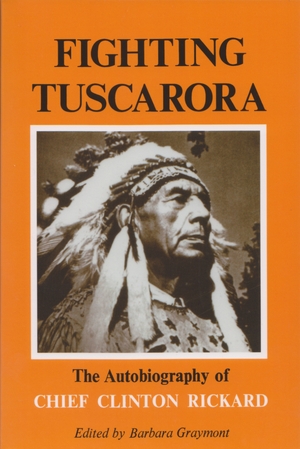"Eminently readable and persuasively argued, Erasure and Tuscarora Resilience will be important reading for scholars of Native America and early America. In addition, La Vere’s accessible prose means that it is certainly assignable for advanced undergraduates."—Edward P. Green, H-AmIndian
"Closely researched and insightful....Covering more than three centuries of contact, beginning with Giovanni da Verrazzano's sail-by in 1524, Erasure and Tuscarora Resilience in Colonial North Carolina examines the response of the Tuscaroras and other eastern Carolina Indians to European colonization."—Journal of Southern History
"La Vere skillfully analyzes a complicated history previously oversimplified. Many scholars have traditionally treated the indigenous peoples of what is today eastern North Carolina as passive, though sympathetic, recipients of a colonization process that caused their ‘disappearance’ after the Tuscarora war. . . . La Vere carefully keeps Indigenous peoples at the center of his narrative, as he should."—Christopher Arris Oakley, author of New South Indians: Tribal Economics and the Eastern Band of Cherokee in the Twentieth Century
Description
In the wake of their victory in the Tuscarora War (1711–15), English settlers forced the Tuscarora Indians of eastern North Carolina, along with the Meherrin, Core, Chowan, Mattamuskeet, Neuse, Hatteras, Bay River, and White Oak River Indians, to become colonial tributaries with assigned land reserves. As tributaries, these Native tribes had special duties and rights recognized by the colony, but they also had to navigate a new world thrust upon them by the colonial government and white settlers.
Historian David La Vere argues that through this devious sleight of hand, the colony erased these groups’ designation as “Indians,” eliding their official, documented existence. The paper genocide of these Native peoples of eastern North Carolina reinforced the growing binary of Black and white society with no place for Native Americans. La Vere traces the process of racialization for both the Native American and wider North Carolinian populations in the decades that followed the war, using previously undiscovered material to chart the dehumanization that occurred as well as the repercussions of the tributary policies that were still felt nearly 200 years after the conflict.
About the Author
David La Vere is professor of history at the University of North Carolina Wilmington. He is the author of The Tuscarora War: Indians, Settlers, and the Fight for the Carolina Colonies; Looting Spiro Mounds: An American King Tut’s Tomb; and Contrary Neighbors: Southern Plains and Removed Indians in Indian Territory, along with several other titles.
Series: Haudenosaunee and Indigenous Worlds
6 x 9, 304 pages, 5 black and white illustrations, 2 maps
April 2024




